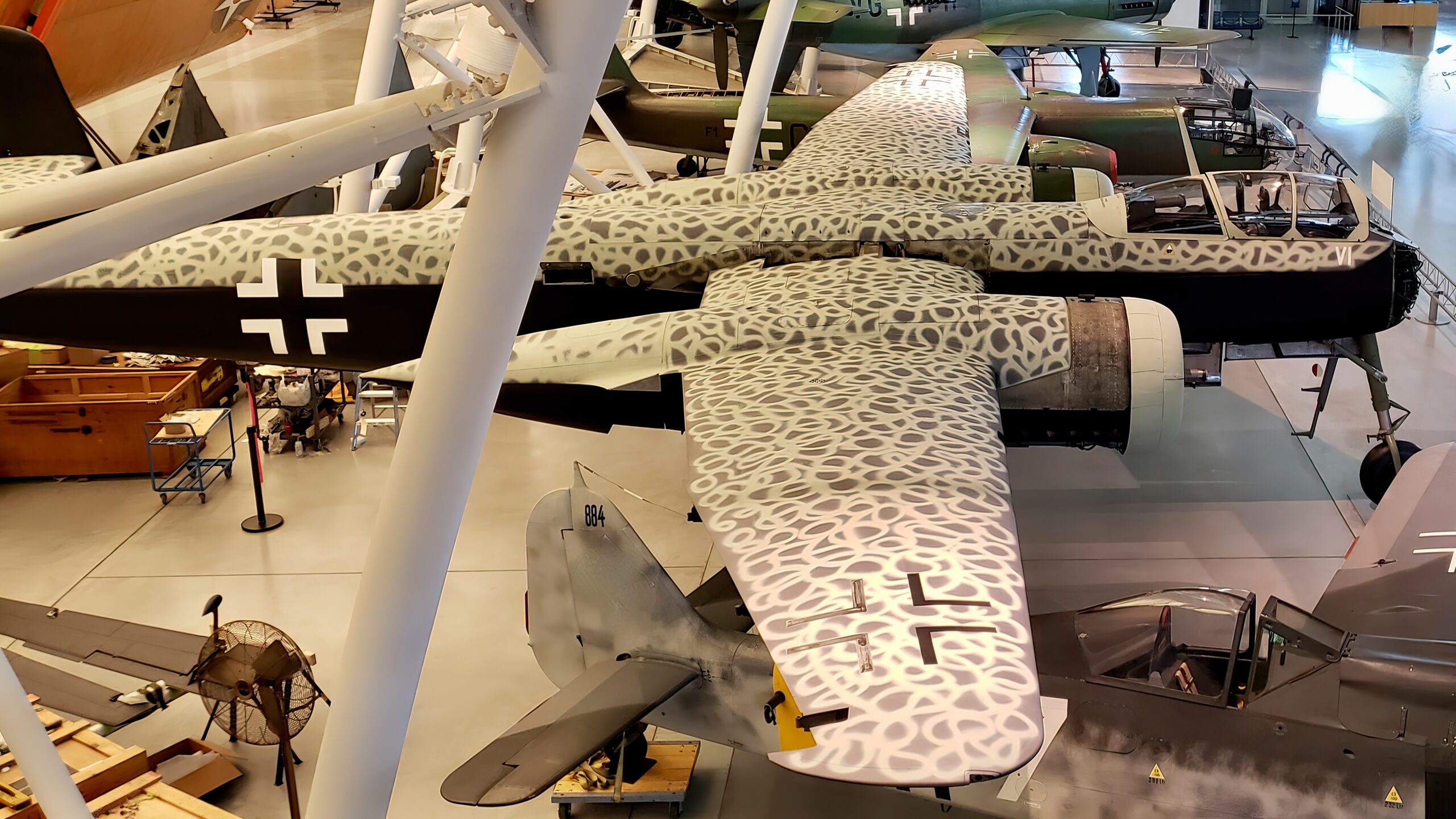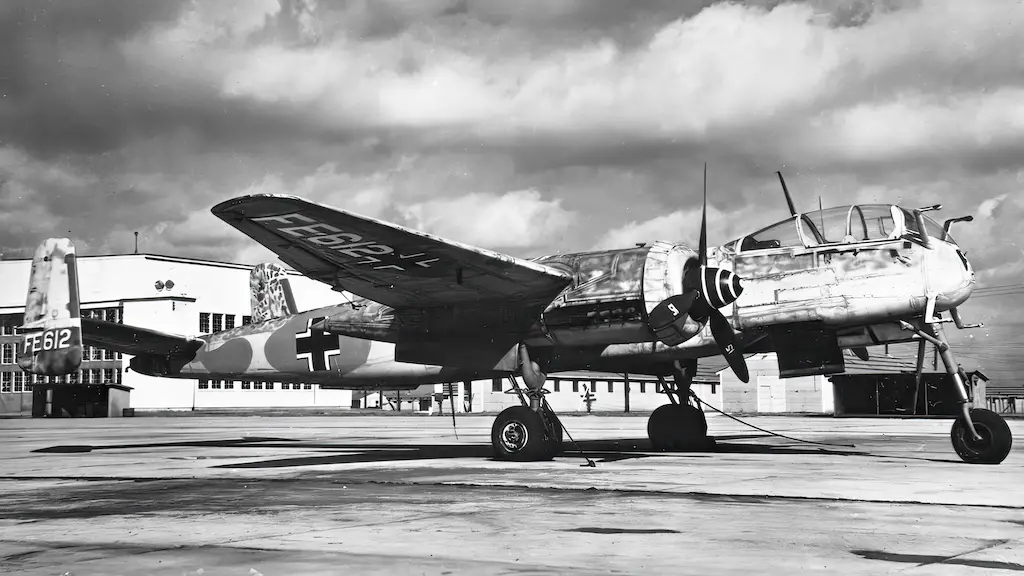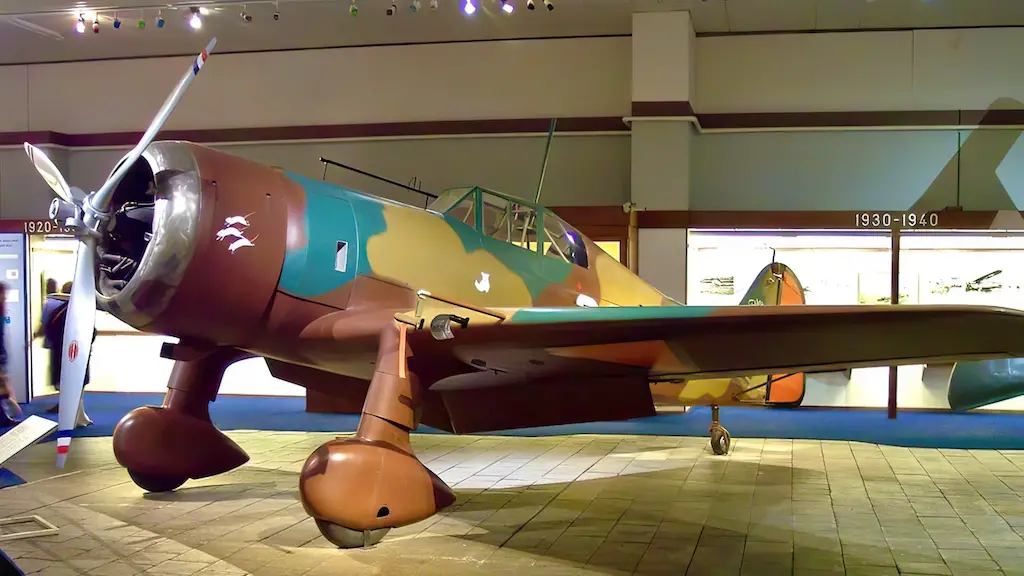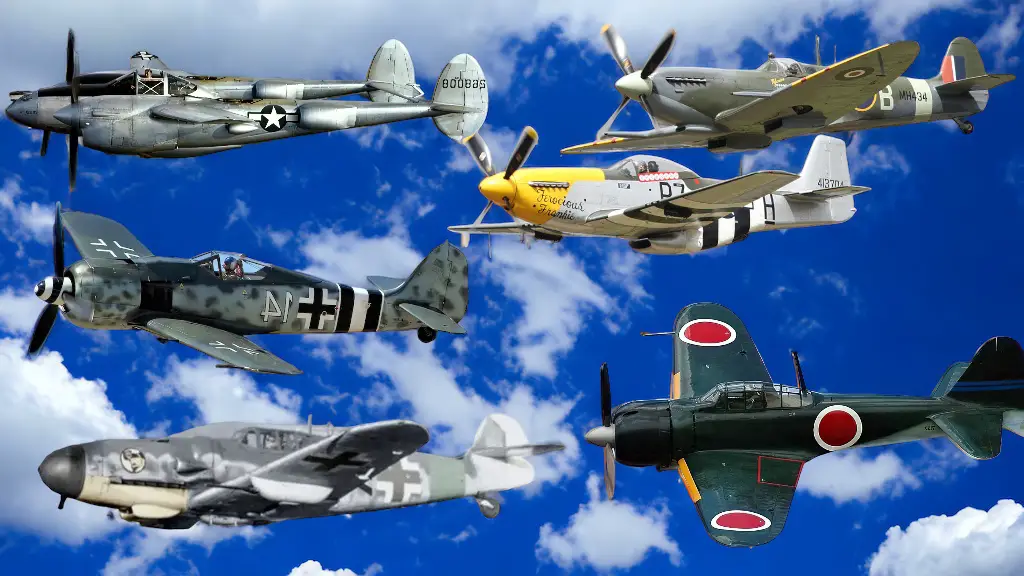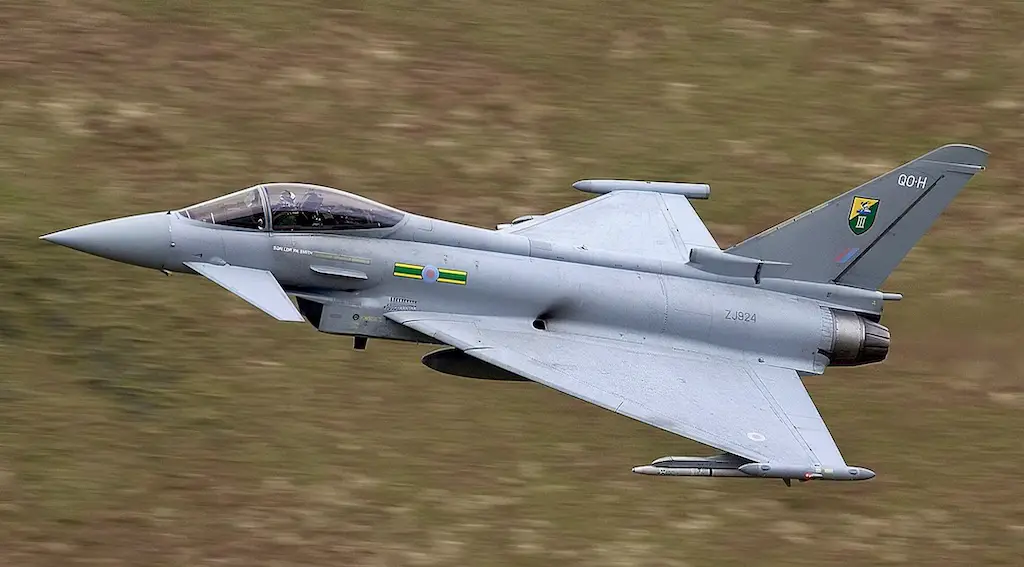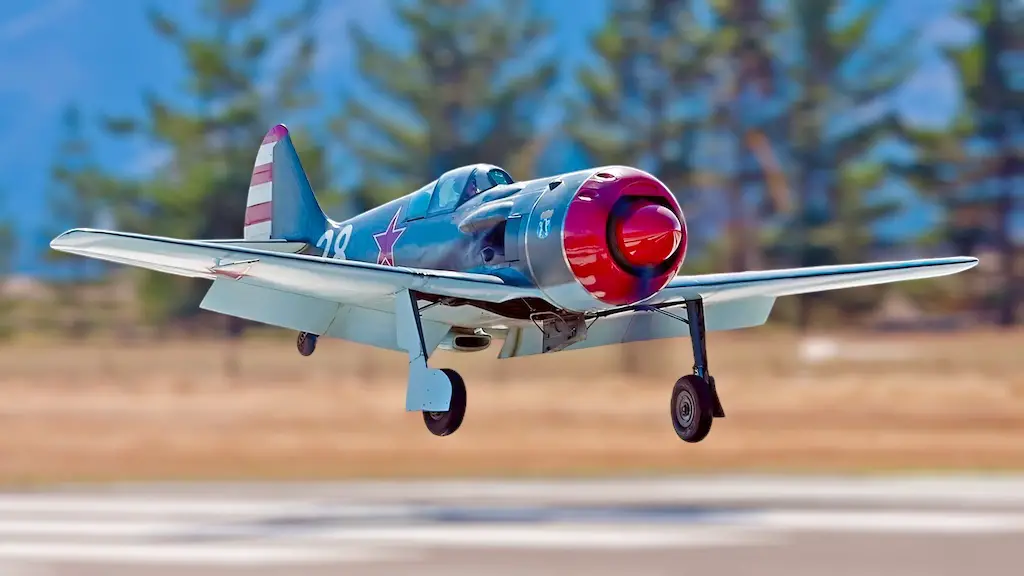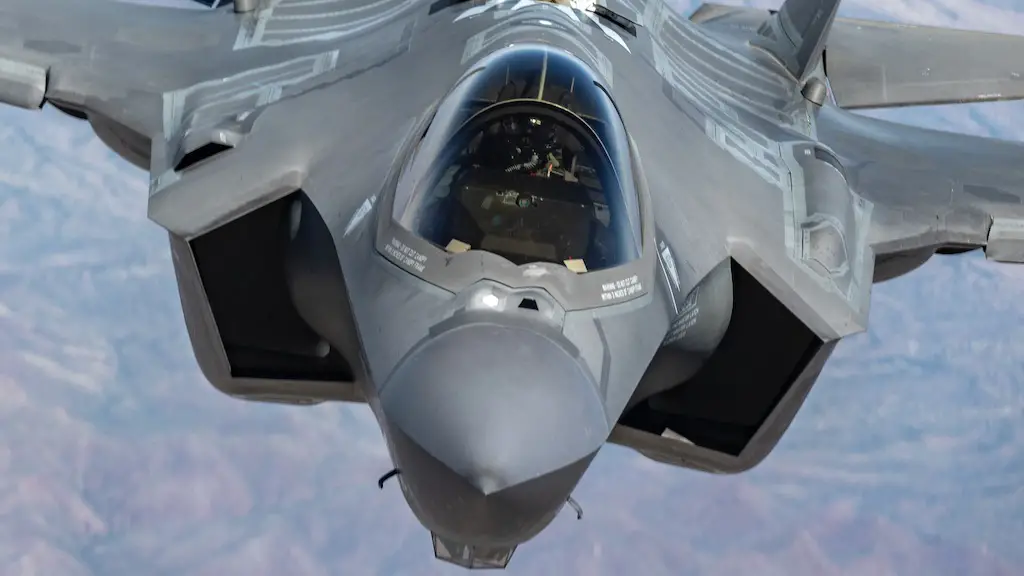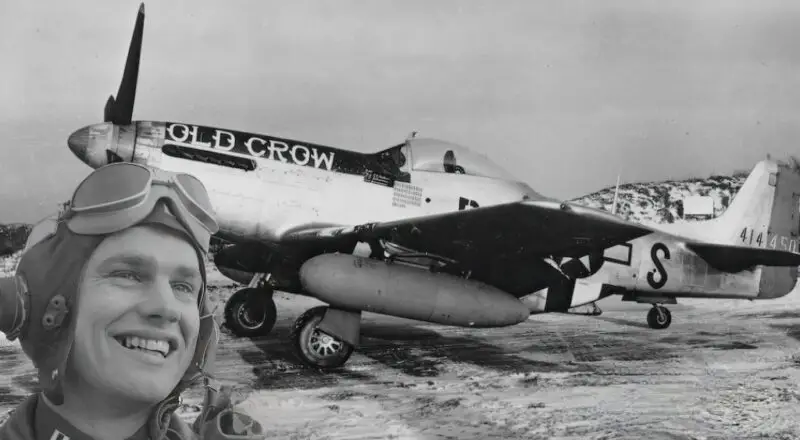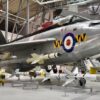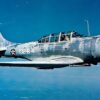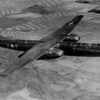The Heinkel He 219 Uhu (eagle-owl), developed by the renowned German aircraft manufacturer Heinkel during World War II, stands as a remarkable testament to engineering ingenuity and technological advancement. Designed as a dedicated night fighter, the He 219 was specifically tailored to dominate the dark skies, intercepting and engaging enemy aircraft under the cover of darkness.
With its sleek aerodynamics, formidable offensive armament, state-of-the-art radar systems, and innovative stealth features. Advanced features included cannons mounted to fire at an oblique angle, the first steerable nose wheel on an operational German aircraft, and the world’s first ejection seats on an operational aircraft. Although production limitations hindered its widespread deployment, the He 219’s influence on subsequent aircraft design and its legacy as a highly capable night fighter endure to this day.
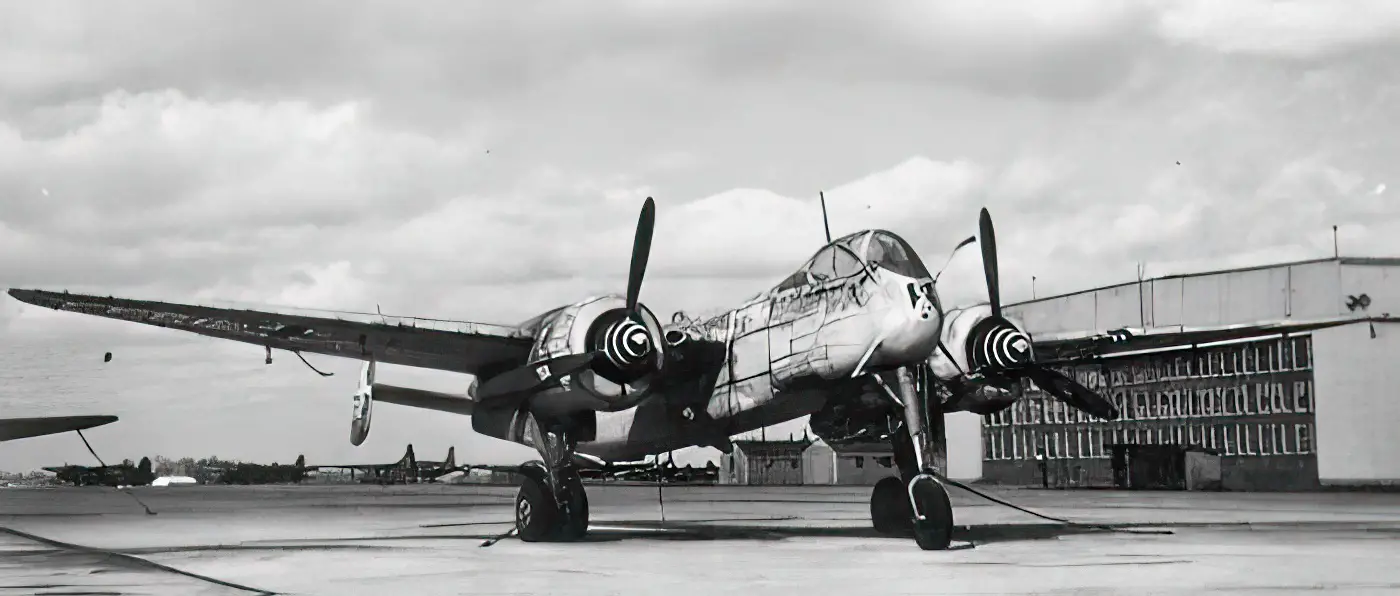
Unique design
The He 219 boasted a unique design that was optimized for nocturnal combat. Its sleek and aerodynamic fuselage, paired with a swept-back wing configuration, reduced drag and provided superior speed and maneuverability. The aircraft also featured a twin-engine setup, which granted it impressive power and reliability.
Advanced Radar Systems
One of the key features that set the He 219 apart from its contemporaries was its state-of-the-art radar systems. Equipped with the revolutionary Lichtenstein SN-2 radar, the He 219 possessed exceptional target detection capabilities, allowing it to effectively track and engage enemy aircraft even in pitch-black conditions. This radar system provided the pilot with invaluable information on target distance, altitude, and direction, enabling precise attacks and evasive maneuvers.
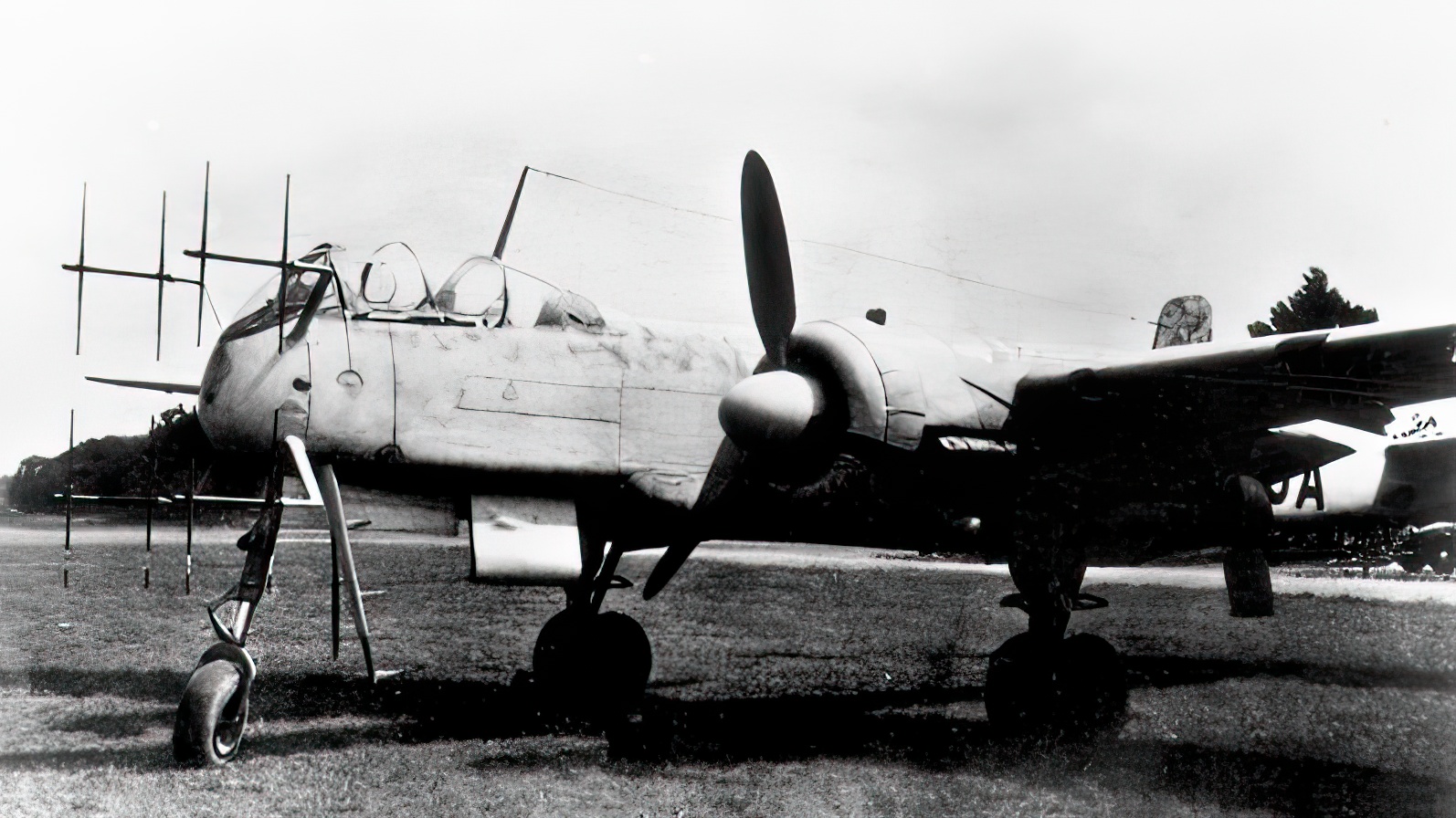
Offensive Armament
The He 219 was armed to the teeth with an array of potent weaponry. Its primary armament consisted of four 20mm MG 151/20 cannons, mounted in the nose, which delivered devastating firepower. Additionally, it had two 30mm MK 108 cannons in the ventral tray, specifically designed for engaging bombers. The He 219’s offensive capabilities were further enhanced by the ability to carry a payload of 4,400 pounds of bombs or guided missiles, increasing its versatility in combat situations.
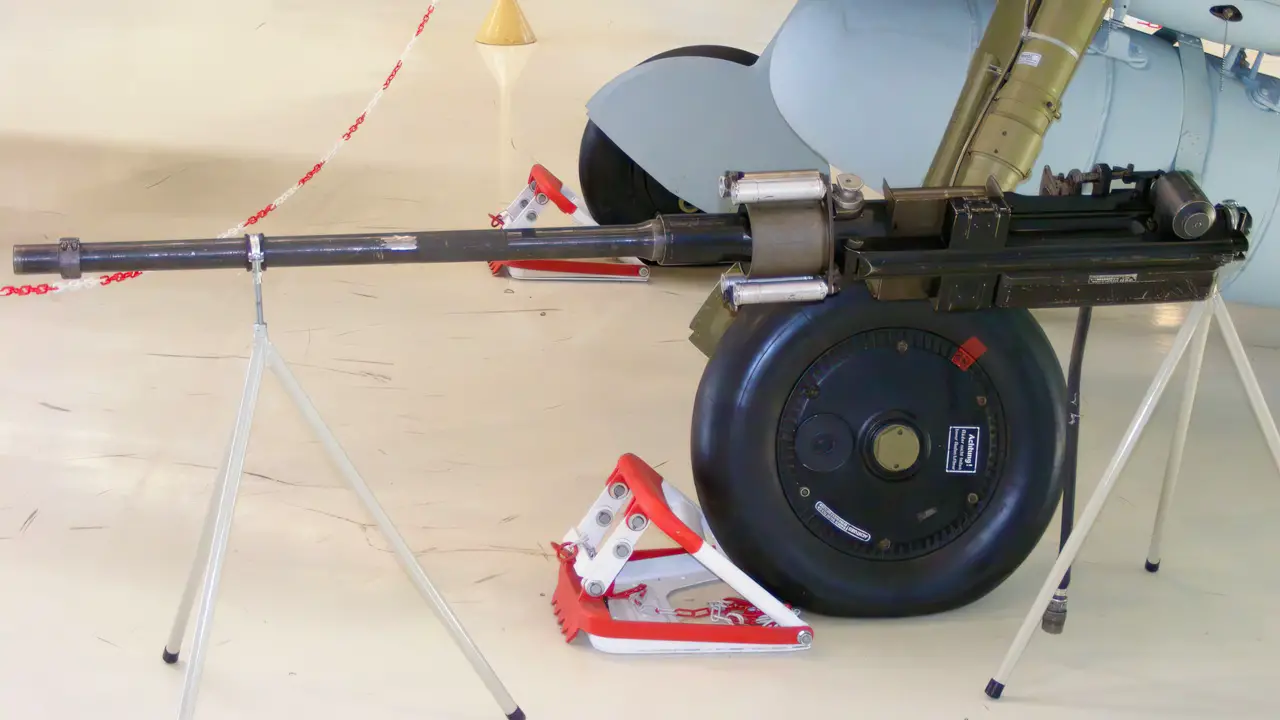
Stealth and Countermeasures
To enhance its survivability, the He 219 incorporated several innovative stealth features. The aircraft’s engine exhausts were carefully designed to minimize the infrared signature, making it harder for enemy fighters to target it. Moreover, the cockpit was fitted with special armor and a bulletproof windscreen, offering enhanced protection to the pilot. The He 219 also had a range of countermeasures, including radar warning receivers, flares, and chaff dispensers, which provided additional defense against enemy radar-guided weapons.
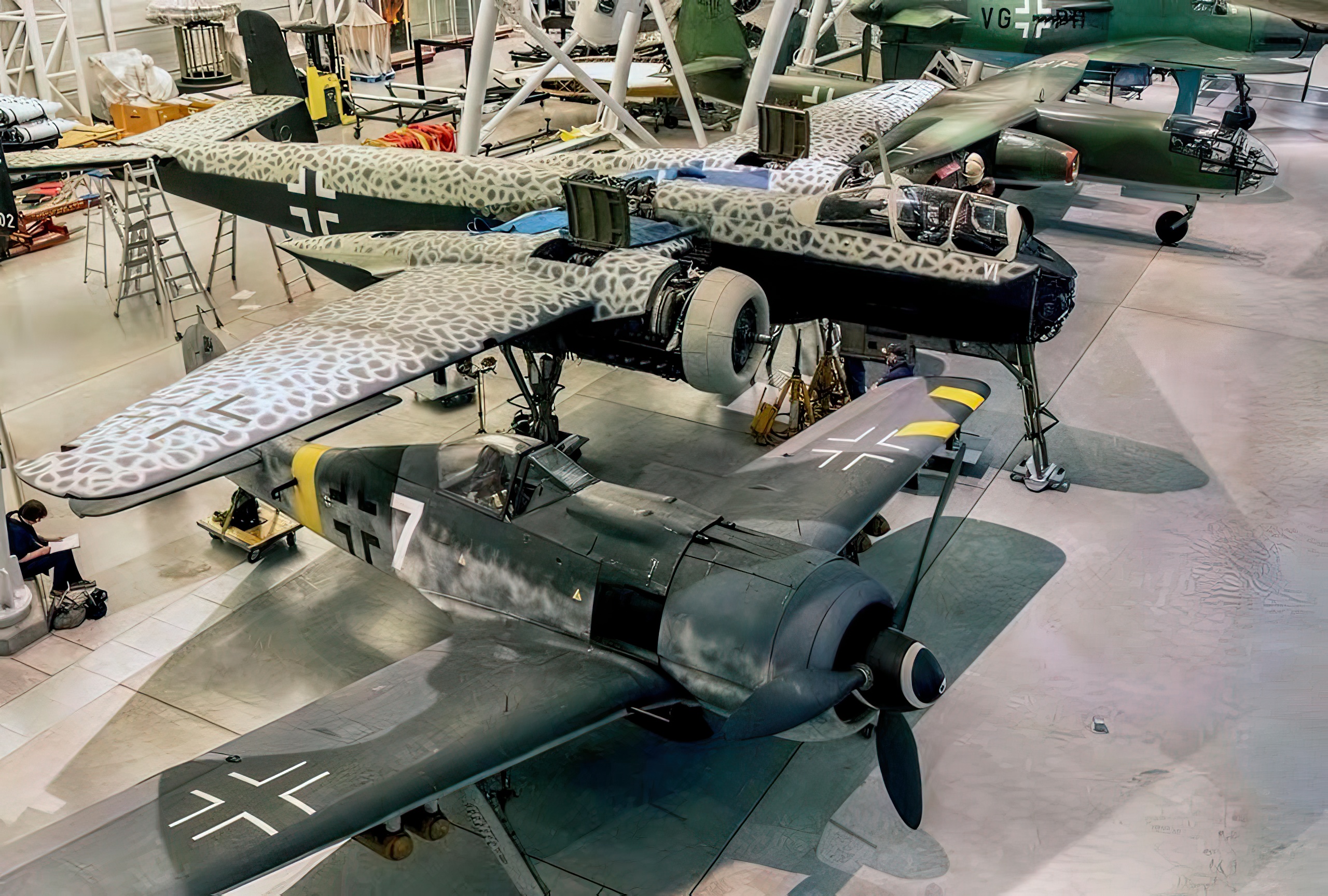
Night combat
The He 219 proved itself on numerous occasions, excelling in night combat scenarios. Its speed, agility, and radar capabilities made it a formidable adversary for Allied bombers. The He 219 achieved notable success against enemy aircraft, downing numerous targets and earning the respect of both its pilots and adversaries. Despite its impressive performance, production of the He 219 was limited due to various factors, including resource shortages and Allied bombing campaigns. Nevertheless, its design innovations paved the way for future night fighter aircraft.
Formidable
The Heinkel He 219 remains an iconic symbol of German engineering and innovation during World War II. Its advanced radar systems, offensive armament, stealth features, and remarkable combat performance established it as a truly formidable night fighter. Though production constraints prevented its widespread deployment, the He 219’s technological advancements left a lasting impact on the evolution of military aviation.
